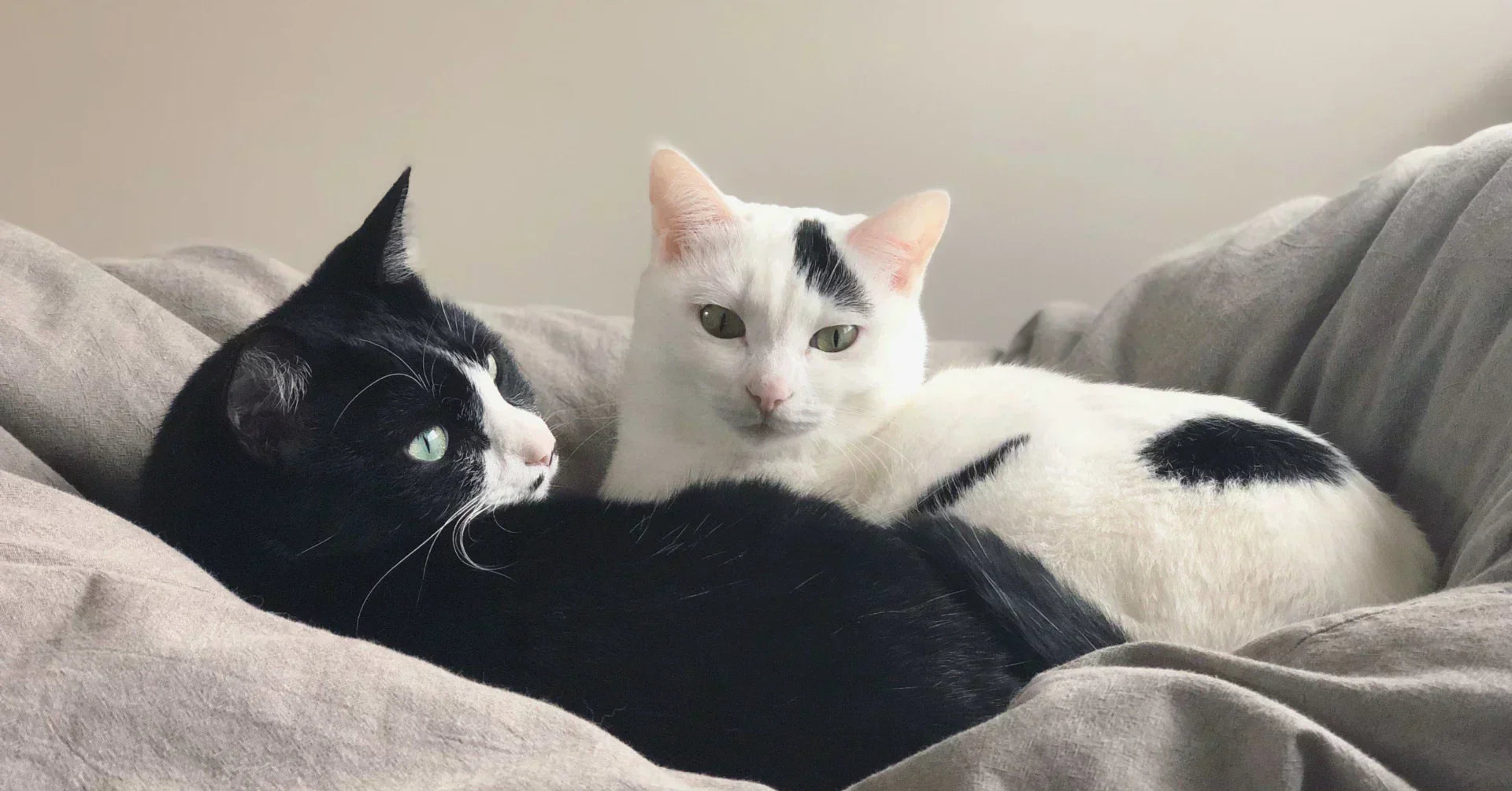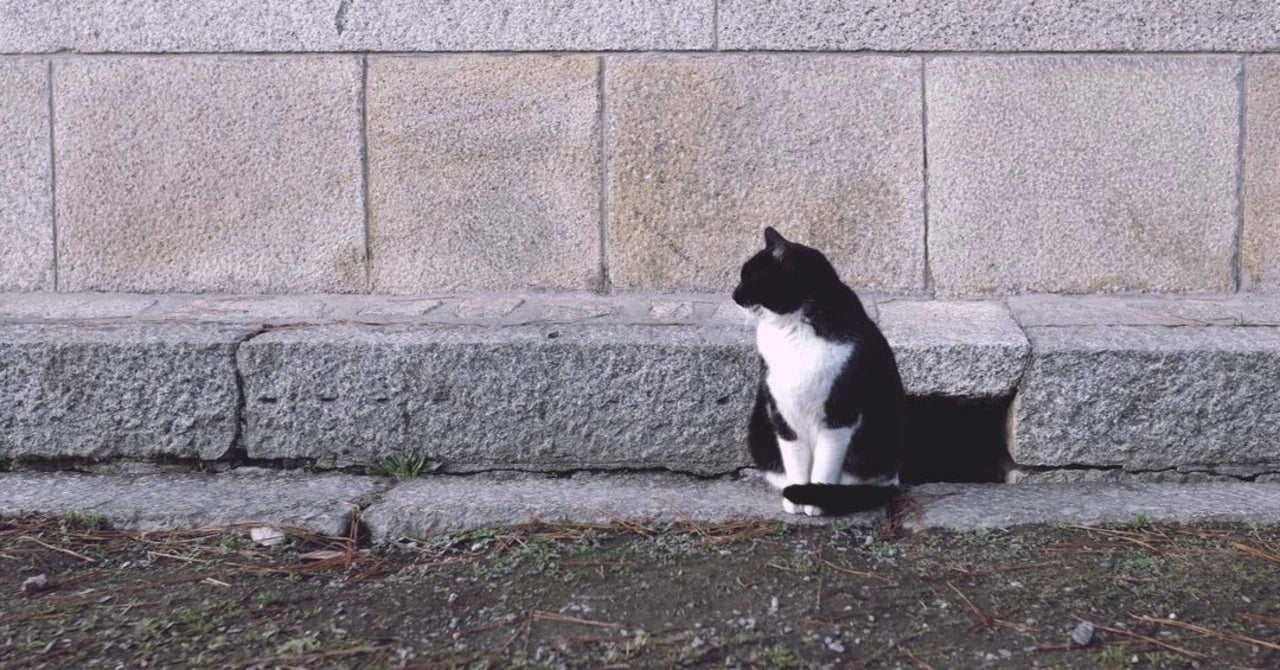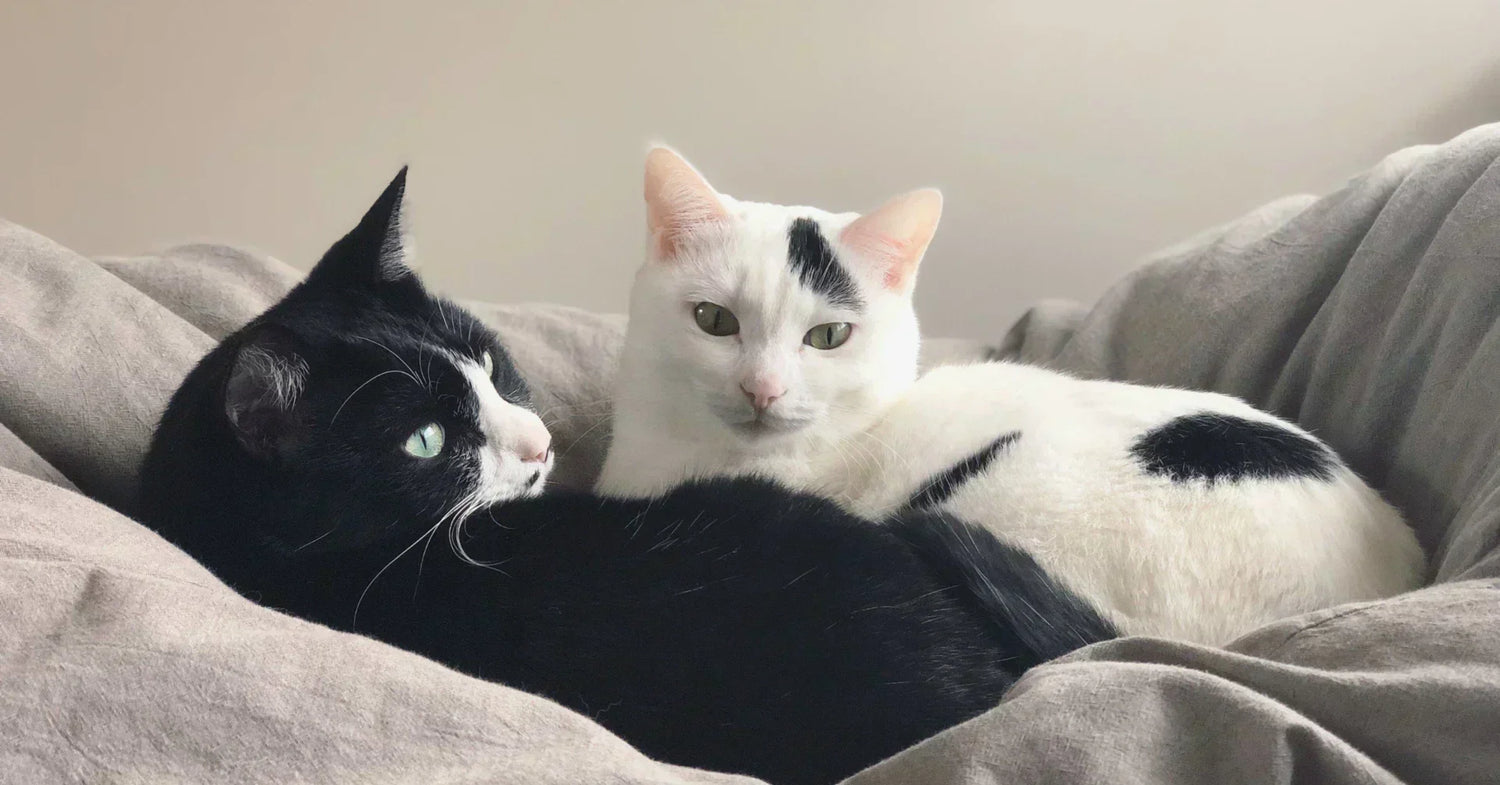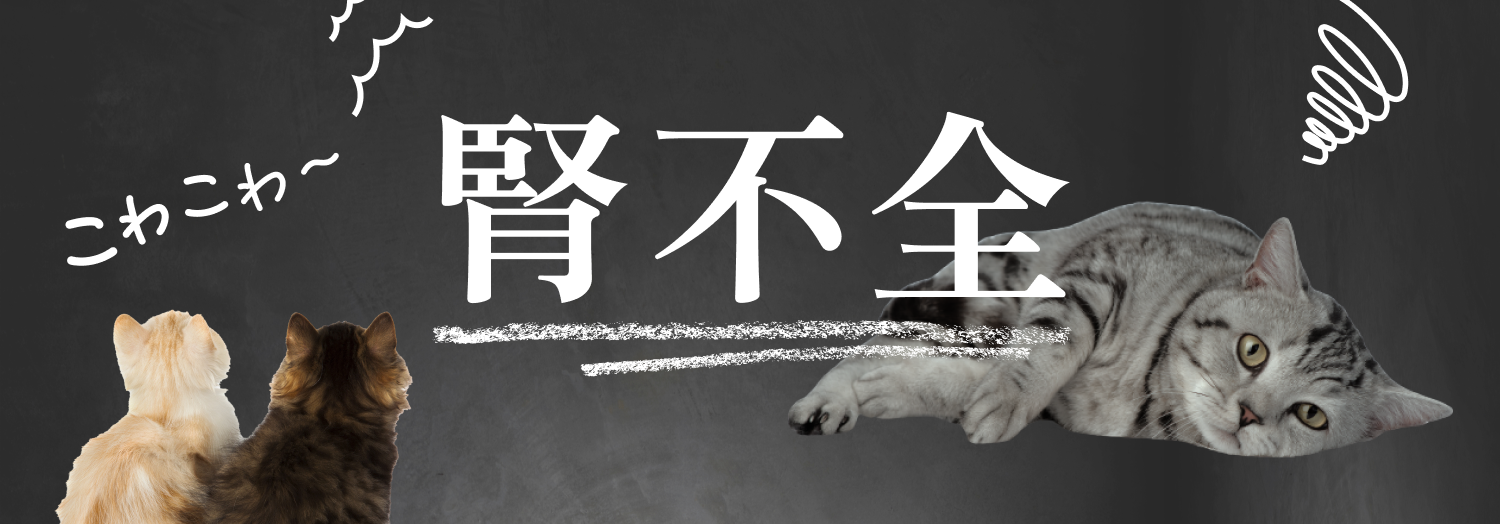[1] Are you neglecting your cat's kidney care?
"One out of every three cats over the age of 10 suffers from kidney disease."
Your beloved cat may also be suffering from kidney disease. Kidney disease is almost a fate for cats. According to the guidelines of the International Society for Feline Medicine, one in three cats over 10 years old and 80% of cats over 15 years old are affected, and it is the second leading cause of death after cancer.
However, according to the survey, only about 35% of cat owners are aware that cats are prone to chronic kidney disease. Unless this gap is bridged, many cats will continue to suffer from kidney disease.
Therefore, we at NEXT NEW WORLD Co., Ltd. will be listening to veterinarians and experts to aim for a "world where cats do not suffer from kidney disease" and provide various know-how. In this first installment, we will specifically explain "why cats are prone to kidney disease."
Our company's representative lost his beloved cat, who had been with him for many years, to kidney disease. He started this business out of regret for that loss. We will be sharing a lot of knowledge so that you all don't have to experience the same regret. We would appreciate it if you would read to the end. Please like and follow us.
[2] Why Cats Can't Avoid Kidney Disease
Why are cats prone to kidney disease in the first place? The answer lies in the "ancestors of cats."
The kidneys act as a filter, removing waste products such as urea from the blood, producing urine, and maintaining a constant body fluid volume. The ancestor of the domestic cat, the Libyan wildcat, lived in water-scarce deserts. To maintain its health in a low-water environment with a small urine volume, the cat's kidney function developed to produce concentrated urine.
As a result of increasing the function of reabsorbing water that has been taken into the body, the kidney's filter, the "nephron," became worn out and more prone to damage. In the first place, the fact that cats have fewer nephrons compared to humans and dogs is considered to be one of the factors that worsens kidney disease.
Also, cats are carnivores. The more protein they consume, the more waste products like urea and ammonia accumulate, putting a strain on their kidneys.
In other words, cats, in order to survive in environments with little water, have enhanced their kidney function, which has made them more susceptible to kidney problems.
[3] Symptoms do not appear until 70% of kidney function is lost.
The key to managing kidney disease in cats is to recognize it in its early stages. However, early detection of kidney disease in cats is very difficult. This is because the symptoms of kidney disease become apparent only when about 70% of kidney function has been lost.
The stages of feline kidney disease can be summarized as follows:

In stages 1 and 2, there are hardly any noticeable symptoms. Furthermore, cats are animals that hide their ailments. They may try to compensate for a slight loss of appetite with sleep or play.
Of course, worrying too much about illness can make life with your beloved cat feel suffocating. If you're too anxious, your cat may sense it and become stressed.
However, I would like you to make an effort to have your cat's blood tested at the hospital once a year. For senior cats, it's best to do it twice a year. Many cats dislike leaving their territory, but cats cannot complain about feeling unwell and go to the hospital on their own. It is most important that we consciously take them to the hospital.
[4] A "Kidney Disease Check" Method That Takes Only 5 Minutes a Day
Let's take a look at the items that are good to check at home.
① How much water do you drink?
Excessive drinking is a sign of kidney disease. A guideline is 40-60ml per kilogram of body weight. If your pet drinks more than 70ml per kilogram for two days or more, or if their bowl empties faster than usual, we recommend a check-up at the hospital.
② What is the condition of the urine?
Frequent urination is also a sign of kidney disease. If the toilet remains wet after urination, you should be cautious. Larger than usual urine clumps are also a sign of illness.
③ To what extent has the weight increased or decreased?
A decrease of 5% or more in one month is a sign of illness. Be careful, as a decrease in muscle mass can lead to an underestimation of creatinine in blood tests.
④ What is the condition of the breath and coat?
When the kidneys weaken, it becomes more difficult to filter out ammonia and phosphorus, leading to ammonia-like or metallic odors coming from the mouth. In addition, due to impaired blood flow, the coat becomes rough and appears dry.
You should be able to complete all of these steps in about 5 minutes a day. It's said that simply being aware of the above checklist can shorten your hospital visit by as much as a month, so please try it.
[5] Summary of Part 1
If kidney disease is detected through daily checks, treatment at the hospital or care at home will be necessary. In the second part, we will take a look at what current kidney disease treatment and care are like.
Key Points This Time
-
One in three cats over 10 years old has "kidney disease".
-
Cats are descended from the "Libyan wildcat," which lived in the desert. That's why they are prone to kidney problems.
-
In cats, kidney disease doesn't show symptoms until about 70% of kidney function is lost.
-
Checking daily water intake, urine output, weight, bad breath, and coat condition is important.
To avoid regretting, "Why did this happen to my child...", let's make sure to not neglect daily checks. Until then, see you in the second part.
●Supervision: Hiroyuki Ito, Advisor at Karitani Animal Hospital Group Ichikawa General Hospital, Executive Director of the Japan Veterinary Regenerative Medicine Society, and Representative Director of the Animal Preventive Medicine Association.





